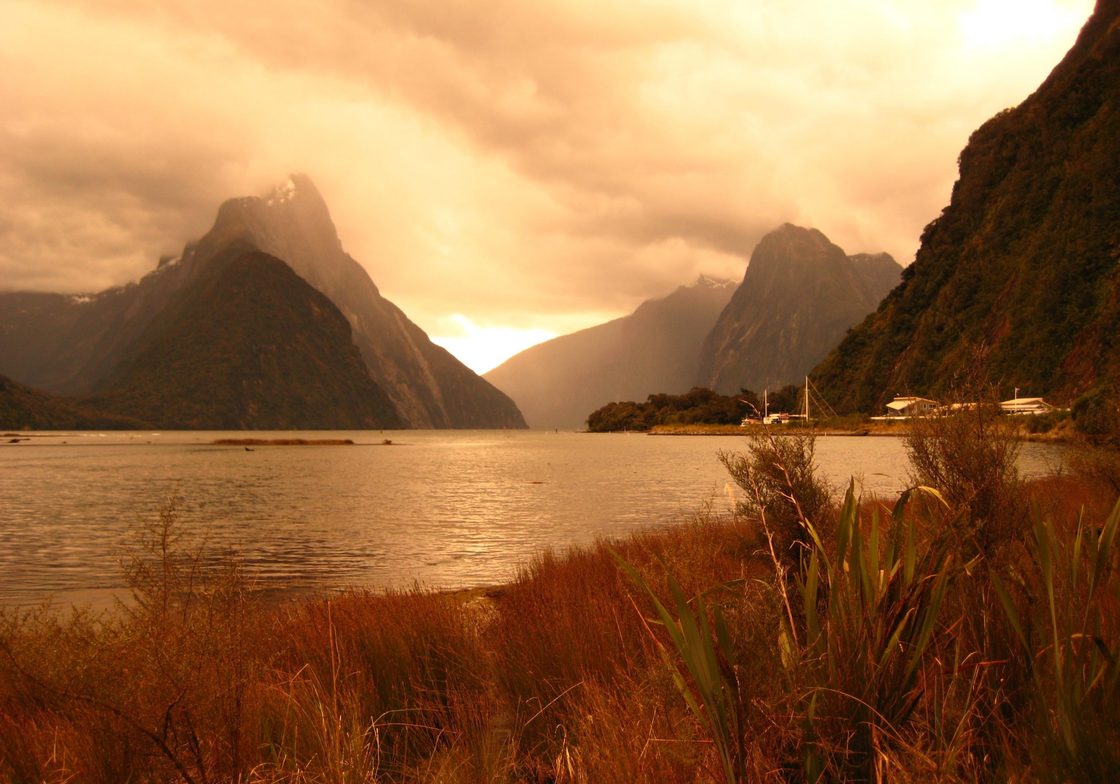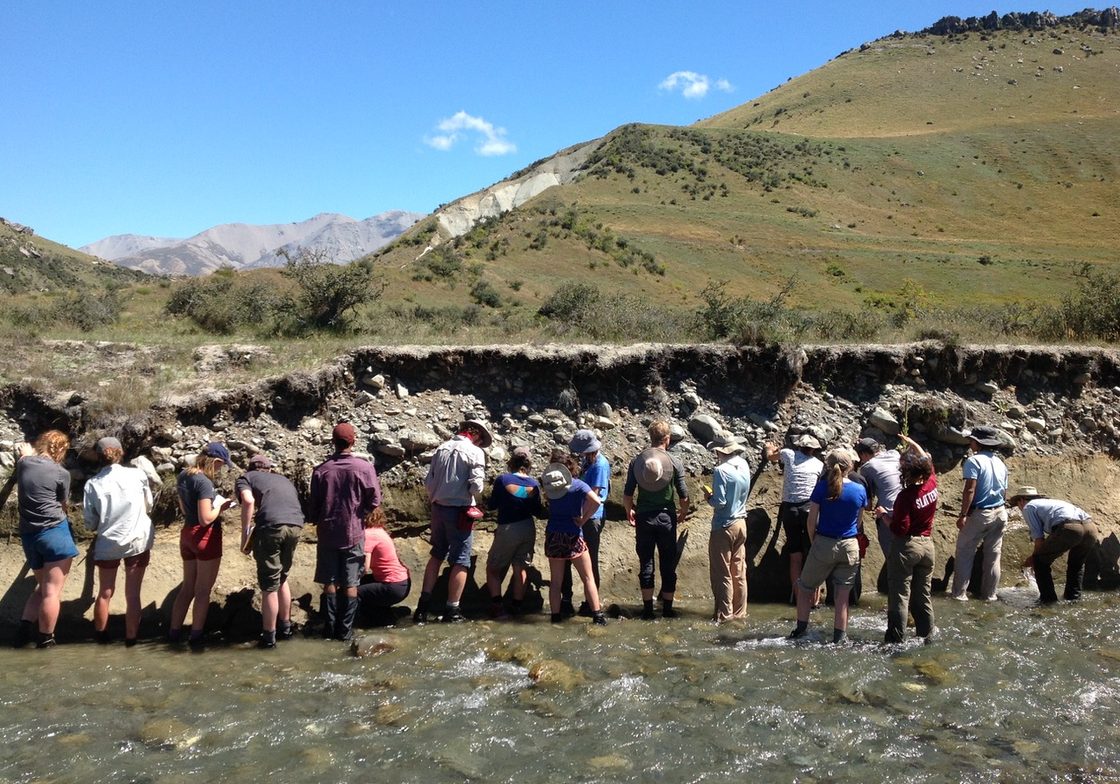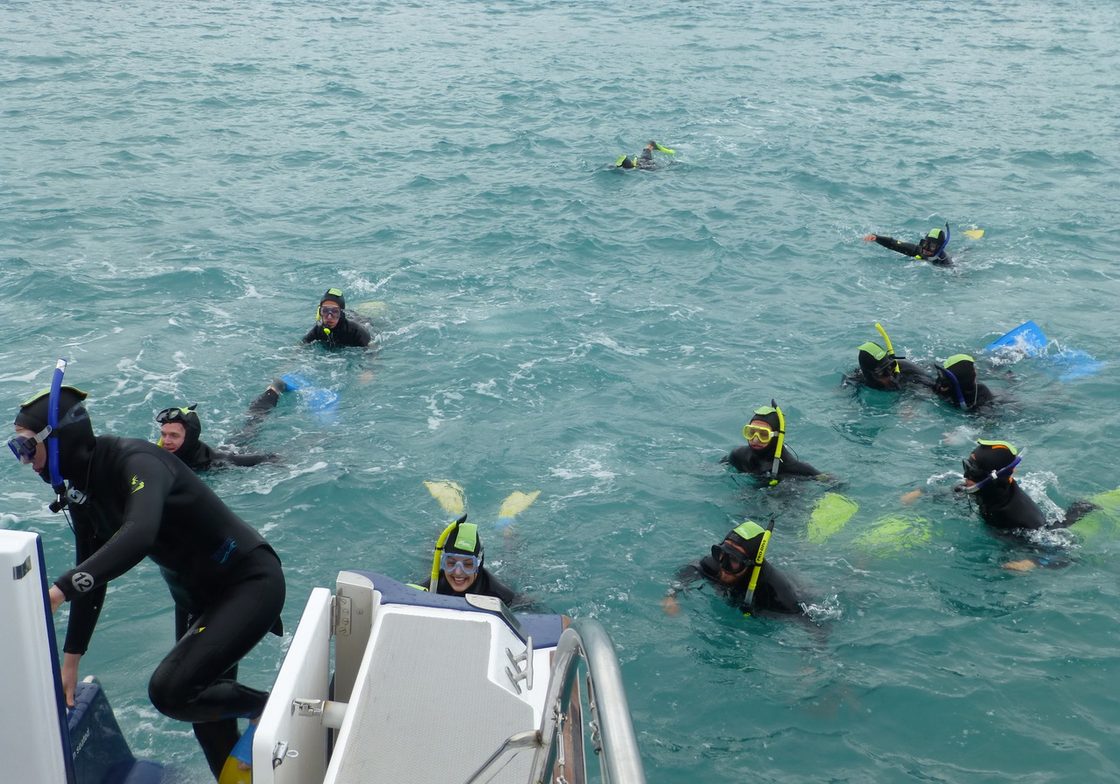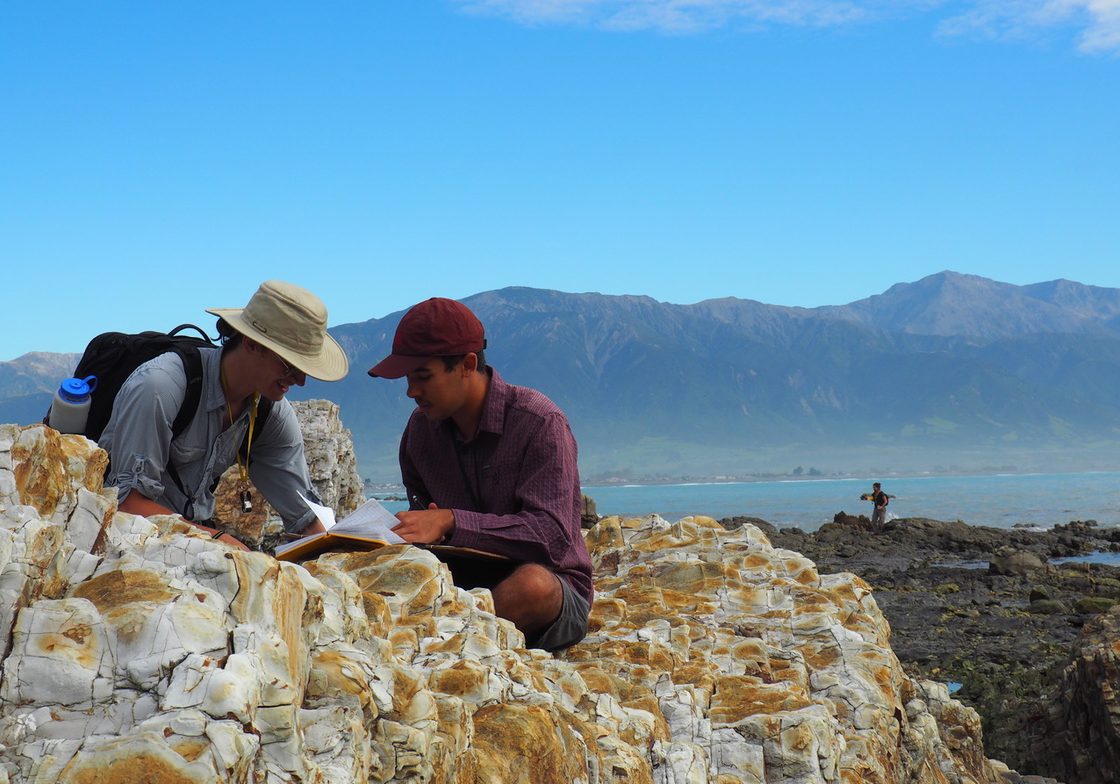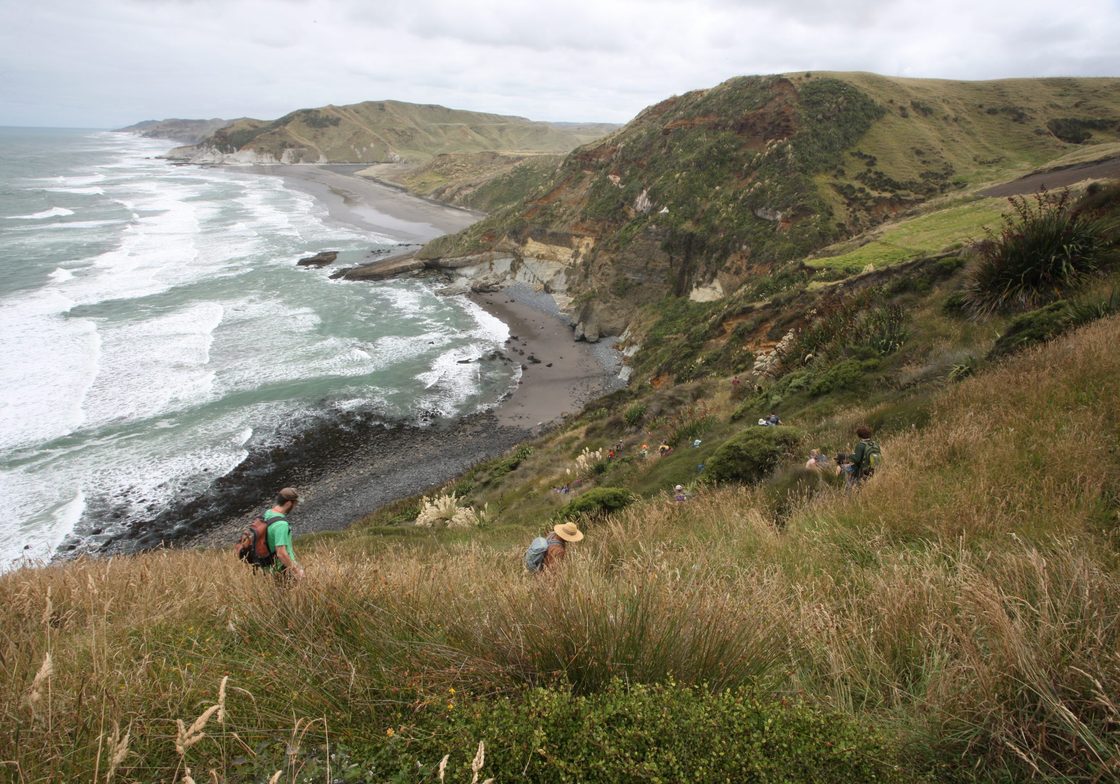The academic program in New Zealand will largely be centered on directed learning modules and fieldwork; teamwork will be emphasized. Visits to cultural sites and interactions with New Zealand scientists will be important aspects of our studies.
Message from Faculty Director
Sarah Titus, Professor of Geology
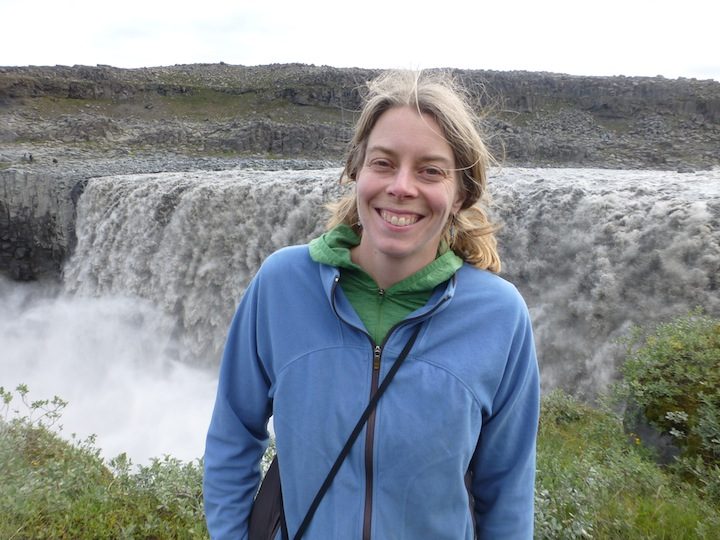
Professor Titus is a structural geologist, who teaches courses in tectonics, structural geology, and geophysics at Carleton. She is a field geologist who studies fault systems in places as diverse as California, Cyprus, Iceland, and New Caledonia (just up the way from New Zealand). Teaching in the field is one of her favorite ways to share her passion for geology with students.
Cam Davidson, Professor of Geology
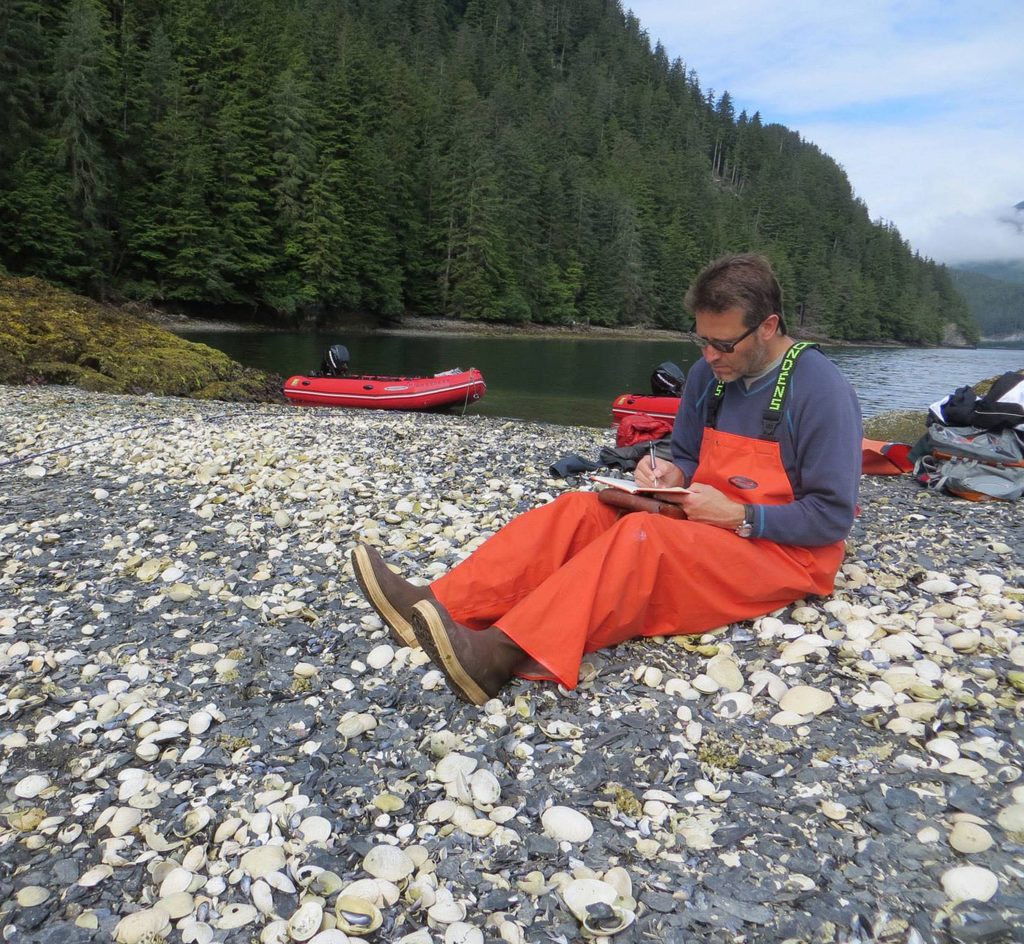
Professor Davidson is a structural petrologist whose current research focuses on the accretion and transport history of the Yakutat terrane in southern Alaska. He has also worked in the Swiss-Italian Alps and has previously led an OCS program to Italy.
Academics
Learning Goals
- To learn field techniques, including observing, recording, mapping and measuring geological features and phenomena
- To interpret and synthesize complex geological histories across a variety of temporal and spatial scales
- To experience how other cultures view earth science issues broadly
- To garner understanding and insight into a dynamic geological system (New Zealand) through sustained study and investigation
Prerequisites
Any 100 level, and a minimum of one 200-level, geology course or consent of instructor.
Applicants should have a strong desire to explore a new country and to understand many different aspects of its geologic history. The program seeks students with the ability to get along well with classmates while living and working closely together in an intense environment of learning geology, including experiencing the (dis)comforts of outdoor fieldwork under a wide range of climatic conditions. Applicants should be prepared for long field days, evening data compilation and discussions, vigorous hiking, communal dining, and rain.
Course of Study
18 Credits
GEOL 285: Geology in New Zealand: North Island (6 Credits)
In this course, participants will study modern and ancient geologic systems in the North Island with a view to understanding the tectonic, volcanic, and sedimentary history of New Zealand. The course will include projects in a wide range of geological settings.
Instructor: Sarah Titus
GEOL 286: Geology in New Zealand: Topics in North Island Geology (2 Credits) S/CR/NC
This course is tied to the North Island half of the program. Readings and discussions will cover a broad range of topics appropriate to North Island geology.
Instructor: Sarah Titus
GEOL 287: Geology in New Zealand: South Island (6 Credits)
In this course, students will study the tectonic evolution of the South Island. Participants will work in small teams to hone their field observation skills, make structural measurements, and develop their mapping skills in several field sites across the South Island. Visits to additional field sites such as glaciers, fjords, and the Alpine fault are possible.
Instructor: Cam Davidson
GEOL 288: Geology in New Zealand: Topics in South Island Geology (2 Credits) S/CR/NC
This course is tied to the South Island half of the program. Readings and discussions will cover a broad range of topics appropriate to South Island geology.
Instructor: Cam Davidson
GEOL 289: Geology in New Zealand: Basic Field Drawing (2 Credits) S/CR/NC
Formal and informal instruction and opportunity to improve field drawing skills. This course will include an independent field drawing assignment during midterm break in New Zealand.
Instructors: Sarah Titus and Cam Davidson
Required Leave of Absence
[Depends on program]
Program Features
Housing
Students will experience rustic communal living – field stations, urban youth hostels – in iconic New Zealand landscapes. In most places, they will cook in groups.
Excursions
Most days are spent outdoors studying and mapping outcrops in small teams. The program includes additional group excursions to notable sites.
